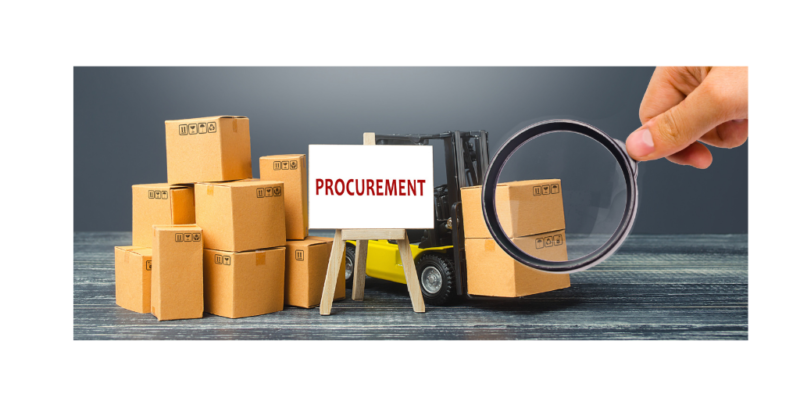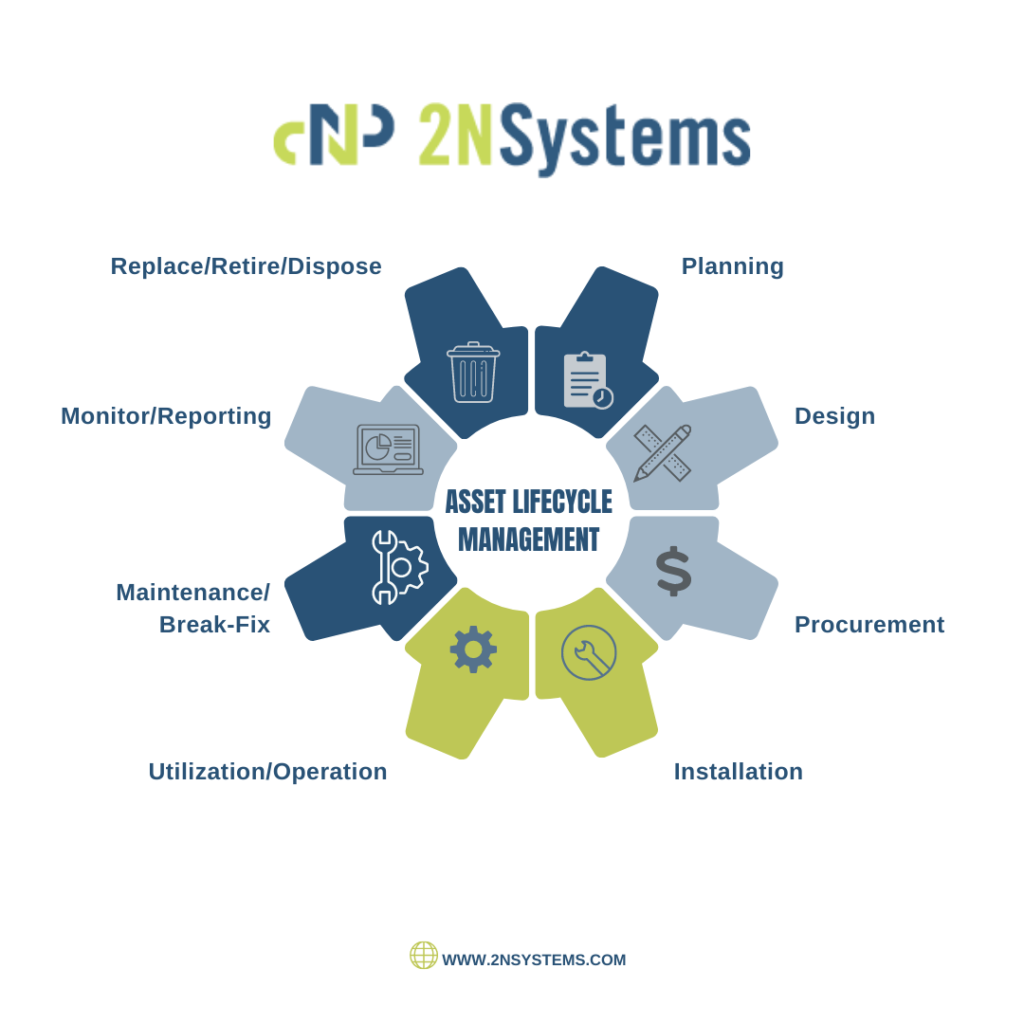Procurement is generally driven by constraints.

The third stage of asset lifecycle management is the procurement or acquisition of the asset. The procurement process involves finding and negotiating terms, as well as acquiring goods, services, or work from external sources. Buying decisions are generally driven by constraints. To make the best purchasing decisions, you need to use a comprehensive, calculated plan, which is identified from the data you gather of all your assets within the planning and design stages. Accurate projections are made to justify the actual purchase.
Budget
Procurement is the time when budgeting becomes even more critical. When finding the perfect asset to meet your facility needs, the next step is acquiring it. In addition to purchasing the asset, you will also have to get it to your facility. Be sure to budget for additional costs, to account for the shipping, installation upgrades, and or project management fees. Next, find a trusted supplier who can deliver a quality asset at a reasonable price. A trusted vendor can really make the procurement process simpler and can help you through the planning and design stages as well. This relationship often becomes a long-term partnership. The right vendor can help you track and maintaining your assets throughout the asset’s lifecycle.
Purchase Orders
Now that the asset is ready to order you will want to create a purchase order. Orders are sent from a buyer to a supplier by means of a purchase order (POs). The PO Contains all the specifics of a purchase request, including the order description, the quantity, and the agreed-upon price and payment terms. It also identifies the PO number, which is tied to the accounting system, so payment is easier to be made. Purchase orders can help a company improve control of spending, simplify the process of acquiring assets and services, and create a positive transaction that improves the bottom line. An accurate purchase order is crucial to tracking invoices, receiving payments, and reporting purchases. Thoughts of how items are shipped, received, and moved to the site must also be considered. Does a loading dock exist, will someone be onsite to sign for the equipment, can the equipment stay on the dock, or will it need to be moved to the site immediately – all these are items that must be considered.
Tracking
During the procurement stage you will want to think about how you are going to track and manage the life of the newly acquired assets. Through Asset Lifecycle Management, you should be able to store all the purchase data and contracts associated with your assets so that all your future decision making is informed. An equipment warranty is when a manufacturer promises to repair an item within a specified period. In many case companies buy extended warranties that are serviced and repaired by experts. These documents of warranty are recorded and tracked to improve asset performance. This information comes in handy in dealing with equipment downtimes. At times, the procurement team may proceed with spare parts purchase or a complete replacement if such a situation arises. Setting a maintenance plan/schedule should be a factor during the procurement stage.
Be sure to check back here soon for the next installment in our Asset Lifecycle Management series.
